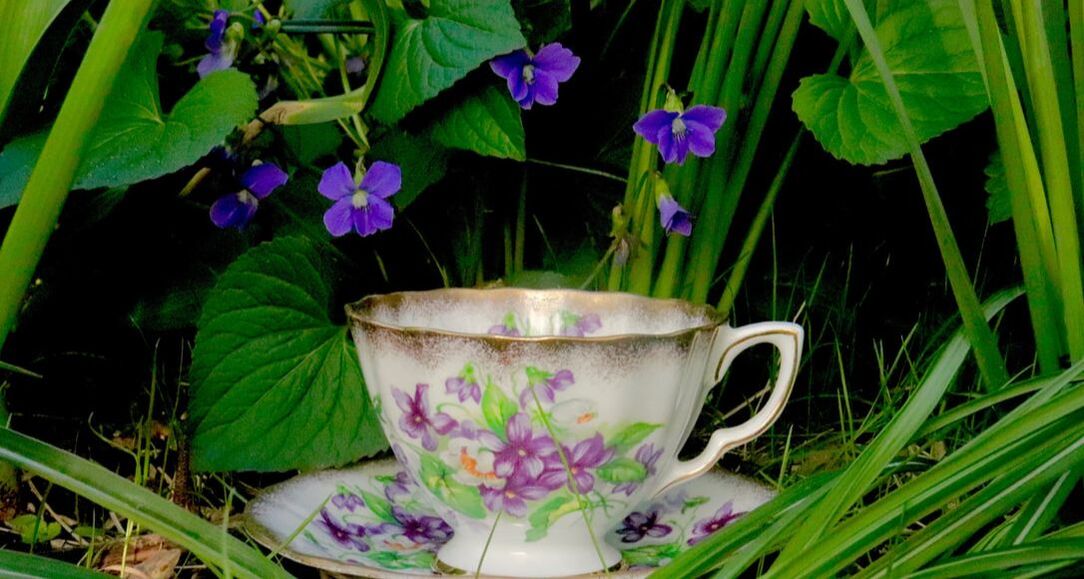|
In the late winter months each year, the grey days are brightened by a tiny, purple promise of spring. The moment when the year’s first wild violet (Viola papilionacea), or heart’s ease, is spotted, the curling stem just barely raising that hint of vibrant color from beneath the heart shaped leaves, is always a magical moment, as that little flower is full of hope, joy, and a host of medicinal benefits.  Unlike most flowering plants, the violet flower that is such a familiar and welcome sight in springtime does not produce a seed. Instead, a green, unassuming, seed-producing flower forms beneath the violet leaves in late summer. Thus it is often said that the violet blooms in springtime for pure exuberance and joy that spring is near. And we get to share in that joy, as the early blooms bring healing benefits and the hope of warmer, sunnier days ahead. Violets have a long history of being used for sore throats and dry coughs, they are very high in vitamin C, and an infusion of the flowers is considered very beneficial for easing congestion and lingering colds, making it a perfect herb to be blooming the cold and flu season is lingering into early spring. Heart’s-ease, a common name for the violet, and the shape of its bright green leaves give us a clue into another of its medicinal properties. Traditionally violet flowers have been used for heart health, and studies show that it strengthens capillaries and is anti-inflammatory. The name heart’s ease has also been attributed to this bright little flower’s ability to gladden the heart and bring a sparkle of joy to dreary February days. Beyond their health benefits and springtime beauty, violets possess another, magically exciting property. Like the popular blue pea flower, violet flowers are a pH indicator, and a violet infusion, normally a deep indigo color, turns brilliant pink when something acidic is added. For an extra-special, immune boosting, and simply beautiful springtime treat, cover one cup of freshly picked violet flowers with 1/2 cup boiling water and allow to seep to half an hour, then strain and add the dark blue infusion to a pitcher of freshly made lemonade. The resulting magenta beverage will bring a smile to your face, health to your body, and joy to your heart as you remember the humble violet, and its promise of spring.
- Jane Taylor,The Violet
|
Do You Have a
|


